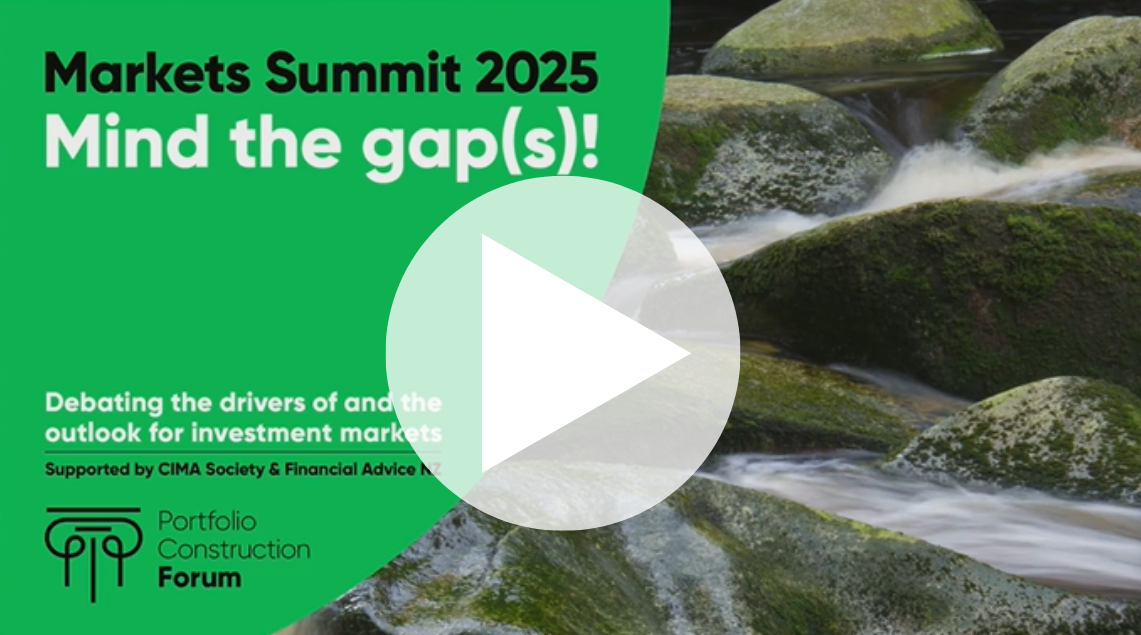
2025 Will Be the Year to Get Greedy in Australian CRE Debt
Opportunity
Higher Returns: Investors can achieve yields around 10% p.a. on lending with high quality property backing and relatively conservative loan-to-value (LTV) ratios. These returns are meaningfully higher than returns on offer in public markets.
Refinancing Needs and Bank Retrenchment – Many loans from 2021-2022 vintages are maturing, with borrowers needing to restructure debt or seek new lenders, creating a demand for private capital which may exceed supply and lead to more favourable lending conditions. Banks continue to move out of the space leading to a more favourable demand/supply dynamic for CRE lenders.
Inefficiencies in Market Pricing: Price discovery is slower in Australia than in the US, allowing astute investors to capitalise on mispricings before broader recognition.
Risks & Areas of Concern
Regulatory Scrutiny: ASIC is investigating the private credit sector, which may result in new compliance burdens or lending restrictions.
Higher for Longer Rates: Interest rates have surged and are likely to continue to remain high longer than expected, making many CRE loans unviable under traditional banking models. Borrowers facing loan expirations may struggle to refinance which increases default risk.
Rising Insolvencies: Construction sector insolvencies are already surpassing pre-COVID levels, which may lead to asset sales at distressed prices and capital for losses for CRE debt investors.
Liquidity Crunch: Non-bank lenders relying on continued capital inflows may face constraints as funding slows and regulators (e.g., ASIC) scrutinise private credit. This could force more enforcement and recovery actions which are riskier and more costly and time consuming.
Sector-Specific Weakness: Victoria, particularly its apartment market, is under pressure with apartment prices back to 2020 levels and sales volumes falling.
Portfolio Implications under Different Scenarios
Continued Economic Growth
CRE assets perform well with strong demand supporting valuations and rental income, while low default rates and increased competition may compress yields. Investors should focus on high-quality assets in growth markets.
Mild Recession
CRE prices may see minor corrections, with secondary markets and office sectors under pressure. Rising defaults present selective distressed lending opportunities, making defensive, income-generating properties a priority.
High Inflation & Rising Rates
Higher borrowing costs stress leveraged borrowers, and rising yields put downward pressure on asset prices. Investors should focus on inflation-resistant sectors such as logistics and seek assets with resilient cash flows. Floating rate nature of loans can generate strong returns in this environment if losses remain low.
Severe Economic Downturn
CRE valuations decline sharply, and borrower defaults rise significantly, making refinancing difficult. High grade bonds more favourable in this environment. Liquidity constraints may create distressed asset opportunities for well-capitalised investors who can take a long-term view.
Conclusion
2025 presents an evolving landscape where non-bank lenders can step into the gaps left by traditional banks and where more stressed projects require refinance. Investors must remain selective, focusing on high-quality assets while navigating risks associated with refinancing pressures and liquidity constraints. With disciplined capital allocation, the CRE debt market currently offers compelling opportunities.
Watch the Session
You will be taken to the Portfolio Construction Forum website. Just login to watch the full video.

Want to dig deeper?
Ask your questions about the session to get answers in seconds.
Need a Portfolio Check?
We'll do a deep dive to see how your current holdings line up with these insights and where there's room to optimise.